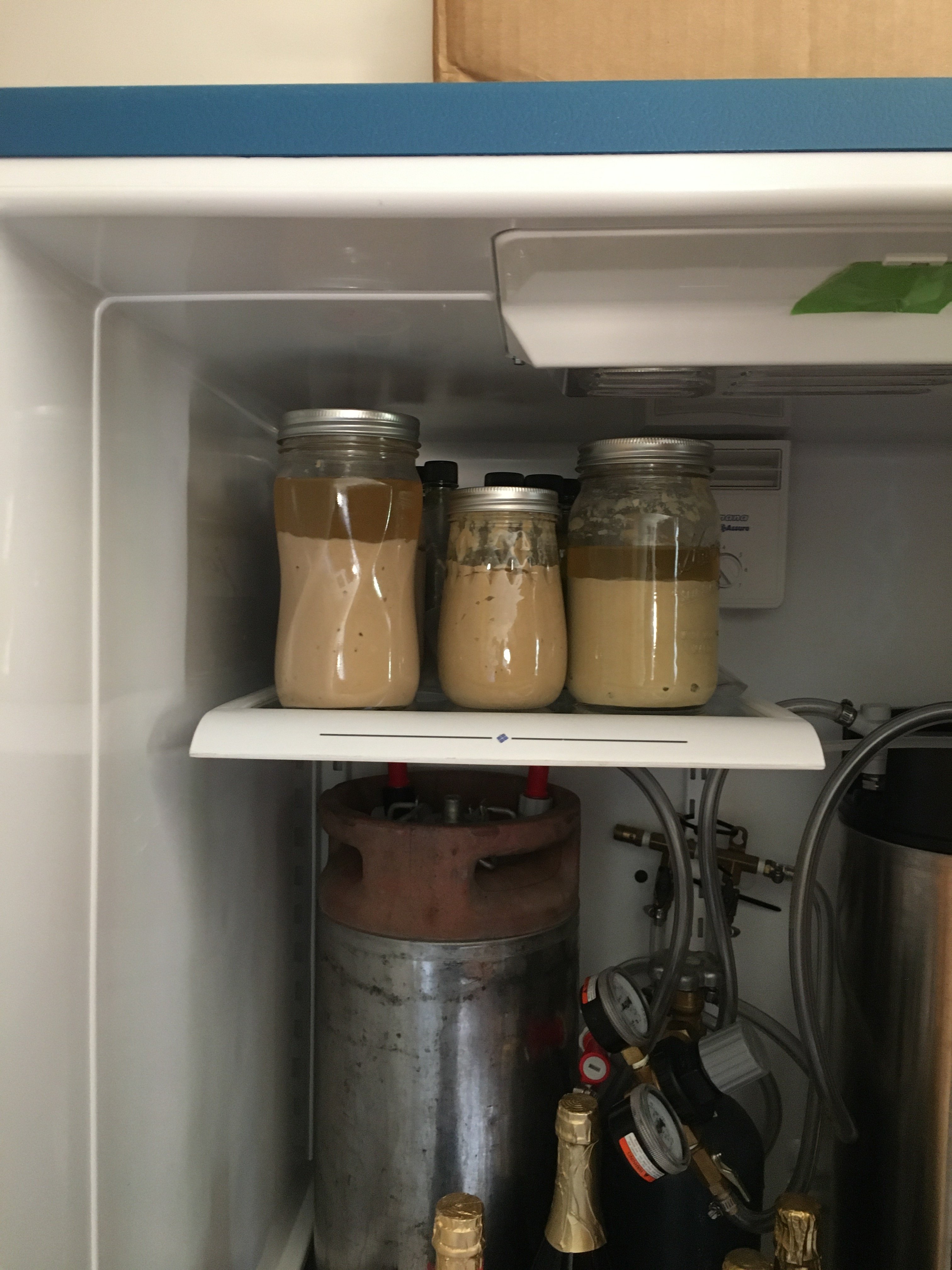Elysium82
Well-Known Member
- Joined
- Apr 5, 2021
- Messages
- 45
- Reaction score
- 8
Hey guys,
The title gives it all away.
So, can we buy a sachet of yeast and then just reuse that yeast that we have at the end of the fermentation?
I assume the biggest issue might be creating the starters and possibly contaminating our wort.
I have read that some people use petri-dishes inoculate that agent (agar agar) and create the starter from that. Can anyone tell me more about that?
I am planning to do BIAB and all this might be too time-consuming, but I just thought I'd get informed a bit more and see if there are easy way of reutilising yeast from previous batches.
Thank you.
UPDATE: I have just found this video:
It looks like it is called yeast washing, but are there any issues that this method of harvesting yeast might cause? God knows...other things might get into the yeast...
The title gives it all away.
So, can we buy a sachet of yeast and then just reuse that yeast that we have at the end of the fermentation?
I assume the biggest issue might be creating the starters and possibly contaminating our wort.
I have read that some people use petri-dishes inoculate that agent (agar agar) and create the starter from that. Can anyone tell me more about that?
I am planning to do BIAB and all this might be too time-consuming, but I just thought I'd get informed a bit more and see if there are easy way of reutilising yeast from previous batches.
Thank you.
UPDATE: I have just found this video:
It looks like it is called yeast washing, but are there any issues that this method of harvesting yeast might cause? God knows...other things might get into the yeast...
Last edited:



























![Craft A Brew - Safale BE-256 Yeast - Fermentis - Belgian Ale Dry Yeast - For Belgian & Strong Ales - Ingredients for Home Brewing - Beer Making Supplies - [3 Pack]](https://m.media-amazon.com/images/I/51bcKEwQmWL._SL500_.jpg)












